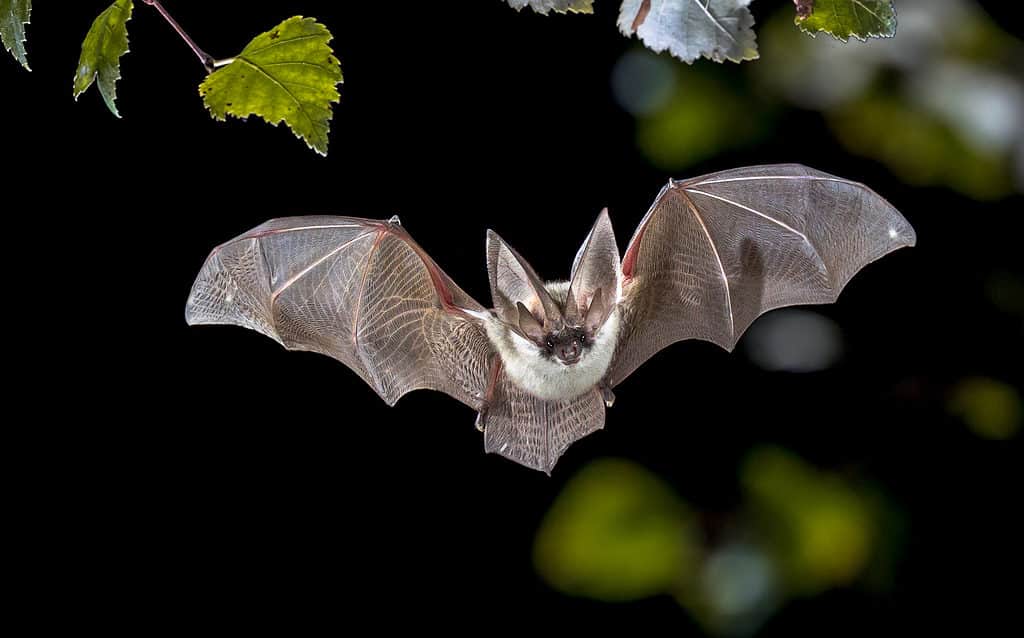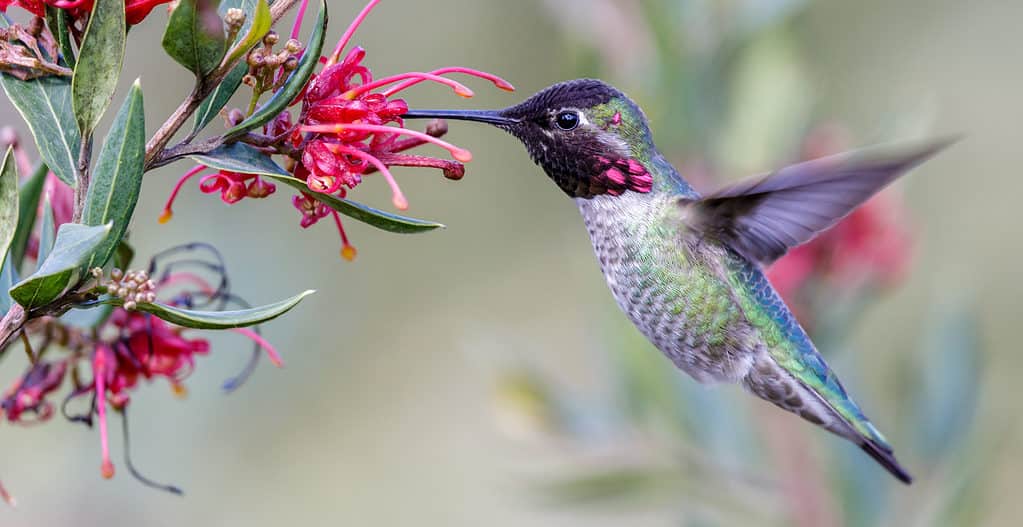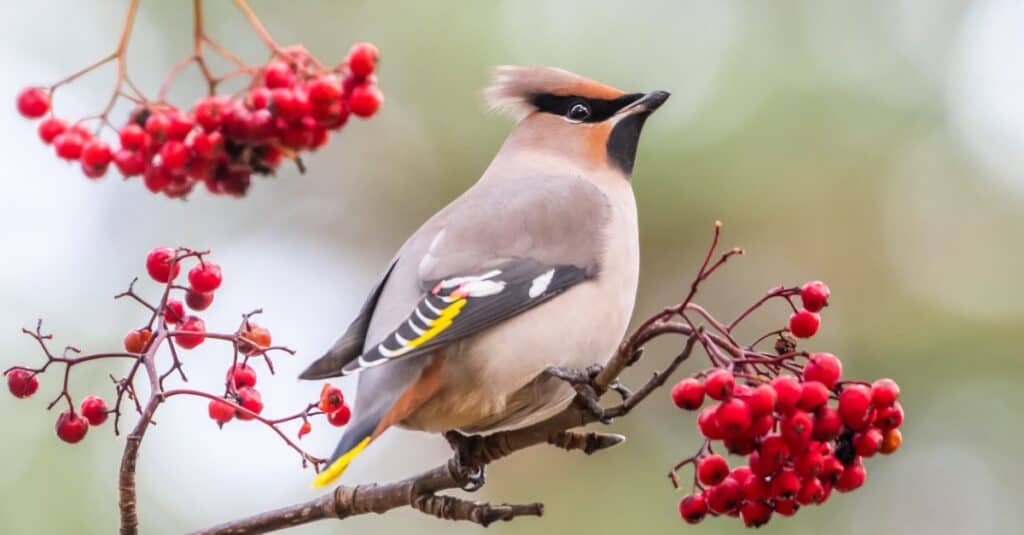Georgia, the southern state known for its peaches, peanuts, and pecans, has a diverse climate that ranges from humid subtropical to continental. With its long, hot summers and mild winters, Georgia is a popular destination for tourists and outdoor enthusiasts. However, the state’s weather can also be unpredictable, with occasional severe storms and rare snowfall. In this context, it’s interesting to explore how this winter compared to Georgia’s warmest ever and whether the state’s climate patterns are changing over time.
Georgia’s Winter of 2022/2023
Georgia experienced varied weather conditions in the winter of 2022/2023, with significant temperature fluctuations and varying precipitation levels.
Monthly Temperatures and Precipitation
In December 2022, Athens experienced colder temperatures than usual, with a recorded temperature of 44.9°F. This was 1.6 degrees lower than the expected temperature of 46.5°F. In contrast, Columbus experienced slightly warmer temperatures, with a recorded temperature of 51.4°F. This was 0.8°F higher than the average temperature.
Moving on to January 2023, temperatures in Georgia rose significantly, with most cities recording temperatures higher than the expected average. For example, Athens recorded a temperature of 49.3°F, which was 5.0 degrees higher than the expected temperature of 44.3°F. Atlanta experienced even warmer temperatures, with a recorded temperature of 51.7°F, which was 6.9 degrees higher than the anticipated average of 44.8°F.
In February 2023, temperatures in Georgia continued to rise, with all cities recording temperatures significantly higher than the expected average. For example, Athens recorded a temperature of 55.2°F, which was 7.3 degrees higher than the expected temperature of 47.9°F. Atlanta recorded a temperature of 57.1°F, which was 8.6 degrees higher than the anticipated average of 48.5°F.
Each of the cities in Georgia experienced a below-average amount of precipitation during February, whereas in the preceding month of January, the rainfall levels were significantly higher. During the month of December 2022, Columbus, Atlanta, and Macon experienced a noteworthy decrease in precipitation levels, while Rome and Athens witnessed an above-average amount of rainfall.

A view over the side of Brasstown Bald, Georgia’s tallest mountain and highest point of elevation in the winter season.
©iStock.com/Ed Williams
Georgia’s Warmest Winter Ever
Georgia experienced a notably warm winter during the 2016/2017 season, with an average temperature of 65.8°F.
The city of Atlanta also set records during this year, with the third warmest winter and spring on record. Multiple factors could have contributed to the unusual warmth in Georgia, such as warm nighttime low temperatures, cloud cover affecting infrared radiation cooling, and increased evaporation. The La Niña period, which lasted from approximately April 2016 to June 2017, could also have played a role. The El Niño phase that followed the 2016 La Niña event led to wetter-than-average conditions in 2017.
El Niño and La Niña are natural climate cycles that bring about periodic warming and cooling of the equatorial eastern and central Pacific Ocean, respectively. They can affect weather patterns over several months. The last La Niña led to warm and dry conditions in Georgia.
From December to February of the winter of 2016/2017, temperatures in Georgia were consistently above normal. Several days reaching the 70s and even 80s in some areas. This unseasonably warm weather significantly impacted the state, affecting agriculture, tourism, and the environment.
Georgia’s Average Winter Temperatures
Georgia is a southeastern state located in the United States. The state’s climate is generally mild, with warm summers and relatively mild winters. However, Georgia’s climate can vary depending on the region of the state.
The average winter temperatures in Georgia can range from around 40 to 60°F, with the northern region typically experiencing cooler temperatures than the southern region. In the northern parts of the state, temperatures can drop below freezing, with occasional snowfalls occurring. Conversely, the southern region of the state tends to have milder winters, with temperatures generally staying above freezing.
The average snowfall in Georgia varies widely depending on the region of the state. In the northern part of the state, snowfall can range from 2 to 10 inches per year. The central part of the state typically receives less snowfall, averaging around 1 inch per year. The southern region rarely experiences snowfall, with only a few occasional flurries, if anything.
It’s worth noting that Georgia’s climate can be influenced by several factors. These includes the state’s location along the coast, its proximity to the Appalachian Mountains, and weather patterns such as El Niño and La Niña. These factors can cause variations in temperature and snowfall from year to year.
Animals That Migrate to and From Georgia
Georgia is a state that serves as a temporary or permanent home for various species of animals that migrate seasonally. Let’s look at some species in depth.
Gray Bat
The gray bat‘s fur is distinctively uniform in color, appearing woolly in texture. It is typically a shade of gray from root to tip, except for a small orange spot beneath its ears. It also has a white belly. This bat species is the largest myotis bat found in Georgia, measuring 1.8 to 2 inches in length, not including its tail.
Gray bats reside in caves with flowing water or are close to large creeks or bodies of water. Their diet consists solely of insects that fly at night, including beetles, moths, and flies.
They are highly social animals, gathering in massive colonies of hundreds of thousands in just a few well-known caves throughout the southeastern region of the United States during the winter months. In addition, these bats are known to migrate significant distances, ranging from 11 to 326 miles, between suitable summer and winter habitats.

The gray bat’s fur is distinctively uniform in color, appearing woolly in texture.
©Rudmer Zwerver/Shutterstock.com
North Atlantic Right Whale
The North Atlantic right whale is a marine mammal that inhabits coastal waters along the continental shelf of the Atlantic Ocean.
These whales are known for their stout black body with white patches on their bellies, lack of dorsal fins, and distinctive V-shaped blow spouts. They are recognized as Georgia’s state marine mammal. They exclusively use the waters off coastal Georgia and north Florida as calving grounds.
The North Atlantic right whales rely on filter feeding to obtain their diet of tiny crustaceans called copepods. They accomplish this by filtering large volumes of seawater through their baleen plates, which act like a sieve.
These whales migrate seasonally, either alone or in small groups, to feed and mate in waters off New England and Canadian waters during the summer, spring, and early fall.

North Atlantic right whales are docile, baleen whales that tend to keep close to the coast.
©iStock.com/6381380
Merlin
Merlins, a species of small but fierce falcons, display distinct differences between adult males and females and immature individuals. While adult males are typically slaty gray to dark gray in color, females and immature merlins have browner plumage. Their chests are heavily streaked, and their underwings are dark, with dark tails featuring narrow white bands. Unlike other falcons, merlins lack a prominent malar or “mustache” stripe on their faces.
Merlins are found in a variety of habitats in Georgia, including grasslands, shrublands, boreal forests, cemeteries, parks, prairies, near rivers, and coastal areas. However, they are not commonly seen and can be unpredictable in their range.
As complete migrants, almost all merlins leave their breeding grounds each autumn to migrate to their wintering grounds in various regions such as the southeastern and western United States, the West Indies, central and northern South America, and Mexico.
Anna’s Hummingbird
The Anna’s hummingbird is a green and gray-colored bird. While the male has iridescent reddish-pink feathers covering its head and throat, these feathers can appear dull brown or gray in the absence of direct sunlight.
Anna’s hummingbirds primarily feed on nectar from a wide range of plants, with a particular preference for gooseberry and currant. These hummingbirds can be found in various habitats, including chaparral, streamside groves, coastal sage scrub, open oak woodland, city parks, and gardens.
While some ruby-throated hummingbirds may stay in Georgia throughout the year, Anna’s hummingbirds migrate further south from Georgia. Nearly all of them depart before mid-October.

The male Anna’s hummingbird has iridescent reddish-pink feathers covering its head and throat.
©yhelfman/Shutterstock.com
Cedar Waxwing
The cedar waxwing is a bird of medium size. It possesses a streamlined body, a broad head, a short neck, and a wide, abbreviated beak. Their head is often adorned with a drooping crest that tends to rest flat against the back. They sport wide, pointed wings reminiscent of those found on starlings.
Cedar waxwings primarily feed on berries and insects and can be found in fruiting trees, orchards, and open woodlands. They have a broad distribution in winter, extending to urban areas, while the breeding habitat selection is affected by the presence of shrubs and trees that bear fruits. For example, in Atlanta, they are only present during the winter and spring months. These birds travel in flocks, whistling in the trees and consuming all the remaining available fruit and berries.
Cedar waxwings breed from the southern half of Canada to the northern half of the United States during the summer months. Their winter range extends from the United States south to Panama. These birds typically migrate through Georgia in January and February.

The silky sheen of the feathers set the cedar waxwing apart from other brown birds.
©iStock.com/hannurama
The photo featured at the top of this post is © photo.ua/Shutterstock.com
Thank you for reading! Have some feedback for us? Contact the AZ Animals editorial team.






